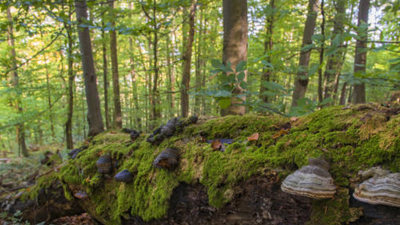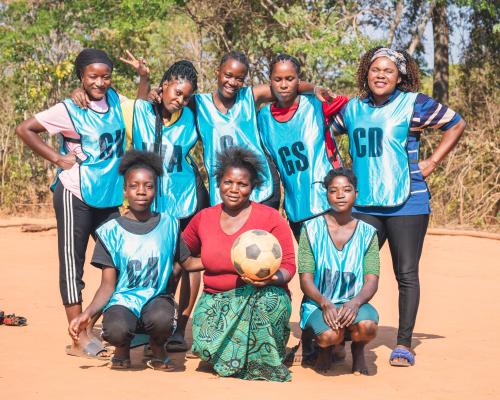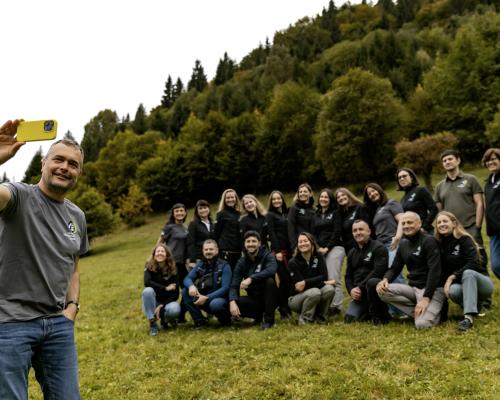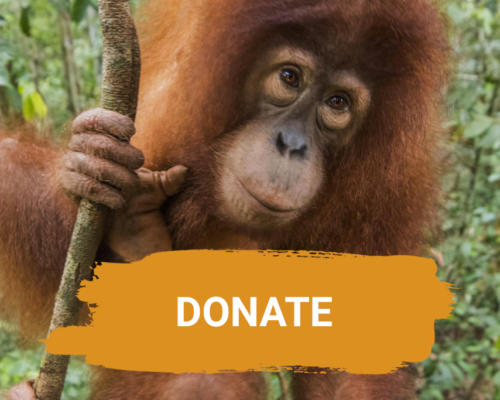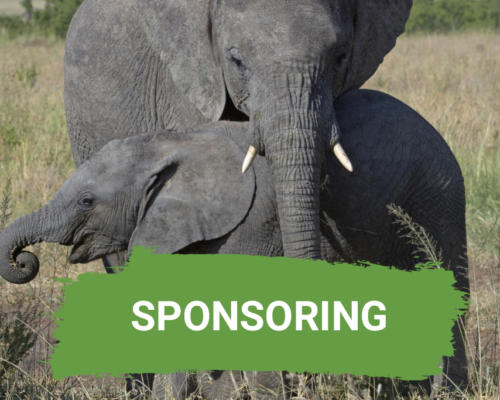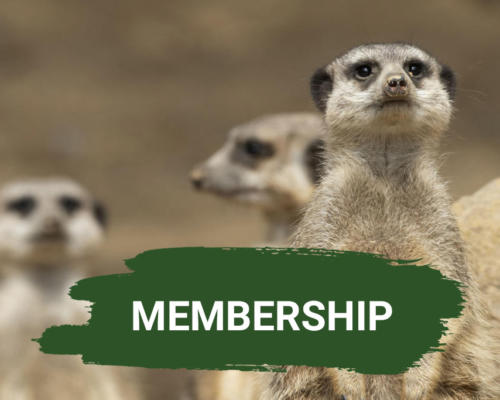In 2024, we completed one of the longest overland wildlife translocations in history, moving 24 Kulans to rewild the Torgai steppe. This major milestone brought hard lessons, including unexpected losses, but by openly confronting the challenges and swiftly adapting our strategies, we are strengthening our efforts to secure a resilient future for the Kulan and their grassland home.
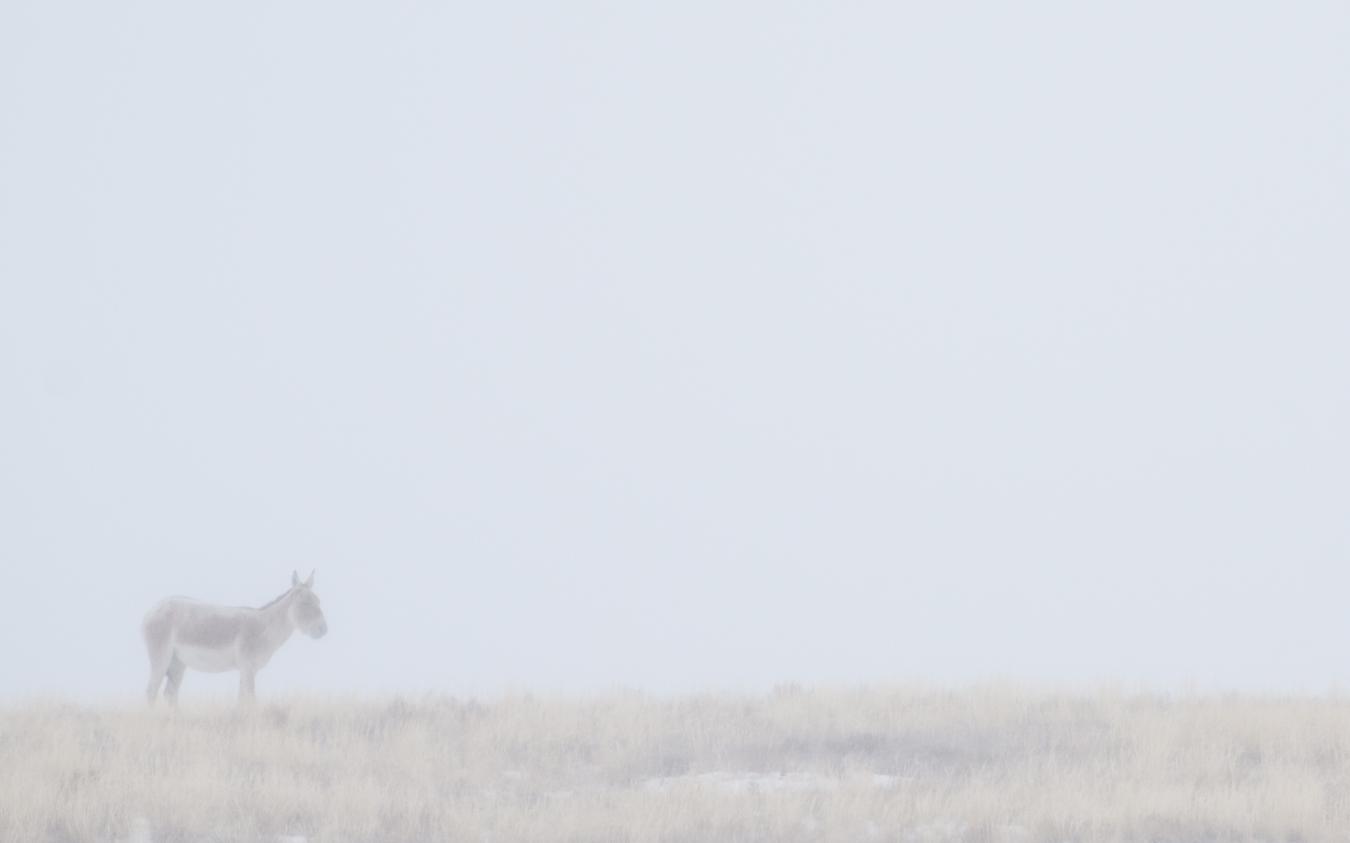
Hope for Kulan: Learning and Moving Forward
In October 2024, we successfully completed a major milestone in our conservation efforts: the capture and translocation of 24 Kulan from Altyn Emel National Park to our Reintroduction Centre in Alibi, over 2,193 kilometres away in the central Kazakh steppe of Torgai. This complex operation marked a significant step toward re-establishing a self-sustaining Kulan population in the region. Large grazing animals perform numerous functions contributing to dynamic grassland ecosystems. This translocation represented one of the longest road-based animal transports in species translocation history and required meticulous planning and preparation. This was not our first transport; since 2017 we have been bringing Kulans to the Torgai steppe by helicopter and have therefore been building our knowledge and capacity since then. However, our recent effort marked a historic first: the longest overland transport of this sensitive species ever attempted.
Together with a company FZS has worked together with in Africa, wildlife transportation company “Conservation Solutions”, the transport was successful. We constructed sophisticated transportation containers and special equipment designed to load wild kulans with minimal manipulation and stress. Veterinarians injected every animal with a ‘long-acting neuroleptic’, which is a drug commonly used to ease stress and anxiety. The video surveillance we set up in each container showed the kulans resting, drinking and feeding on the hay provided throughout the journey. The foals were even observed suckling. The enclosure the animals were released into contained diverse and abundant fodder, and hay was given on arrival, although largely ignored in preference for the natural grasses. Monitoring of the animals was taking place regularly by the resident caretakers and two specially selected monitoring interns.
Despite all precautions, having identified the least stressful way to transport the animals and notwithstanding the dedicated team on site providing the best possible care, we were unfortunately unable to prevent the tragic loss of nine Kulans during the harsh winter months.
Naturally, these unpredictable losses have been personally devastating to the team, and all staff continue working tirelessly to understand what happened, bringing all our resources to bear to prevent the loss of any more precious Kulan. The final death occurred in the first week of February, and today, 15 Kulans remain in the herd – healthy, well-adapted to their new environment, and with encouraging signs of pregnancy among many of the mares. We are fully committed to transparency with our stakeholders and supporters, and we want to share both the challenges we’ve faced and the decisive steps we are taking to prevent such losses in the future. We want to share our often-hard-won lessons with the global conservation community in the hope that we can help species reintroductions elsewhere.
In summary, a strong lesson has emerged that reshapes our acclimatization strategy: Although the kulan are wild-caught, and will return to wilderness very soon, the management of their time-limited stay within the adaptation enclosures must be similar to that of zoos or wildlife parks. This means a significant limitation of enclosure area initially, an intensive feeding schedule and individual preventive veterinary interventions.
Following an in-depth review, we identified several contributing factors to the mortalities which led us to the above conclusion:
• Two animals died from injuries following intra-herd conflict.
• One escaped the enclosure on the first night.
• One small foal succumbed early in the winter season.
• The remaining five deaths were due to a combination of unexpected harsh environmental factors, now thoroughly analysed and addressed.
We have acted quickly and decisively. Several risk factors, such as the need for more intensive feeding and water supply immediately post-transport and during the winter season, can be managed through straightforward operational improvements, such as introducing high-protein supplements. Others, like the composition of the translocated group, are more complex. During the capture process, mother-foal pairs may become separated. While the timing aligns with the natural weaning season, abrupt separation adds stress, particularly to smaller, more vulnerable foals.
To address this, we are implementing new procedures to better assess the number of lactating mares and better support dependent foals. These changes are now integrated into our Standard Operating Procedures and will guide all future translocation efforts.
A key challenge remains the limited data on natural mortality rates in wild Kulan populations. Existing long-term monitoring from Altyn Emel National Park shows static population levels. Understanding the reasons for this requires more research. Nevertheless, our goal is clear: when these animals are in our care, we are committed to ensuring survival rates that far exceed those in the wild.
In March, our team gathered in Kazakhstan for a dedicated workshop to address all critical topics, share insights and combine our expertise in order to define a robust forward strategy. Thanks to this collaborative effort – and the critical support of our partners and donors – we are better equipped than ever to continue our reintroduction work later this year and onwards, to secure the future of the Kulan in Central Kazakhstan.
Your continued support makes this possible. Every lesson learned, every life saved, and every foal born is evidence of your investment to allow the sustainability of this vital work. Together, over time, we are not only restoring a species but also building a legacy of resilience, adaptation, and hope.


